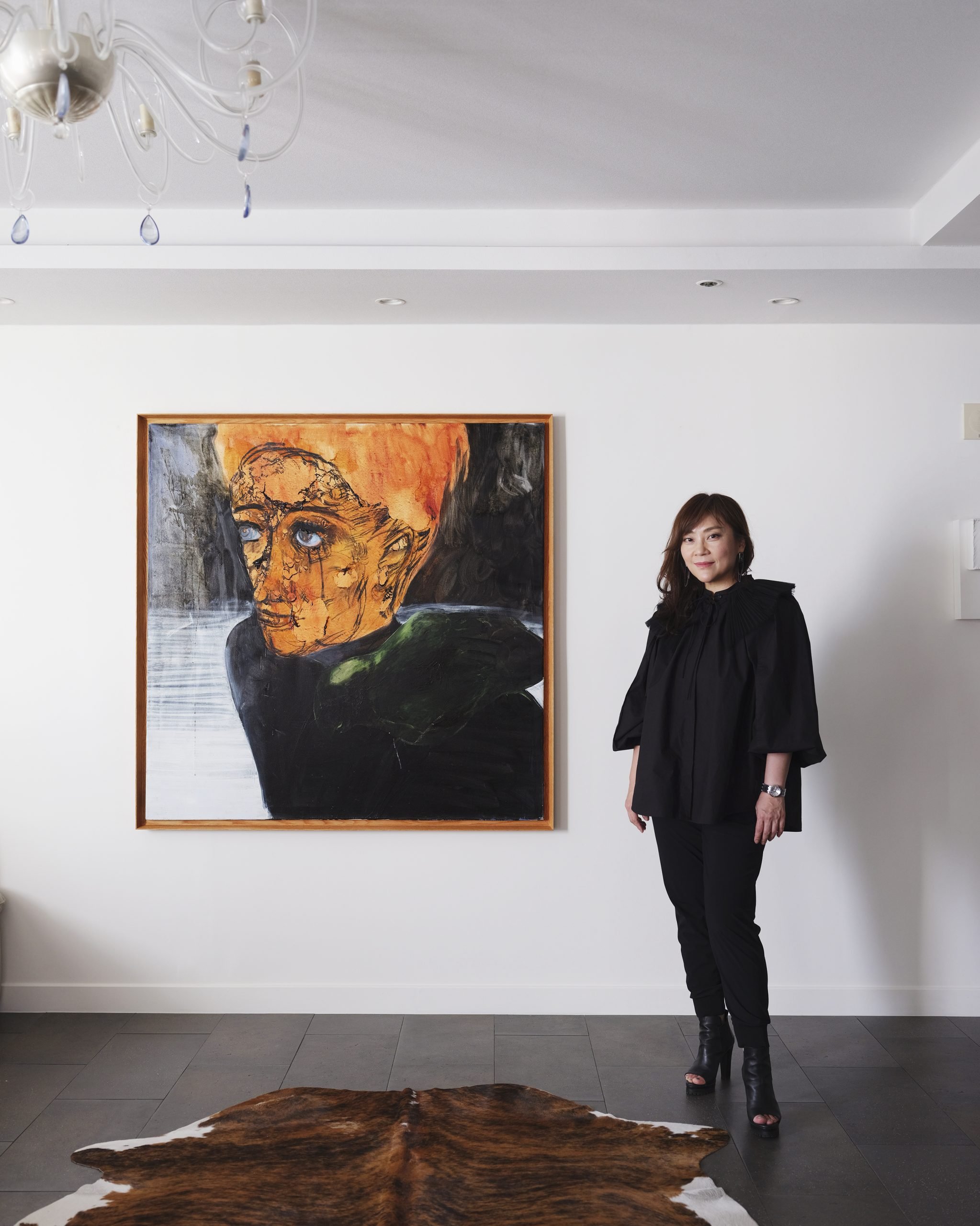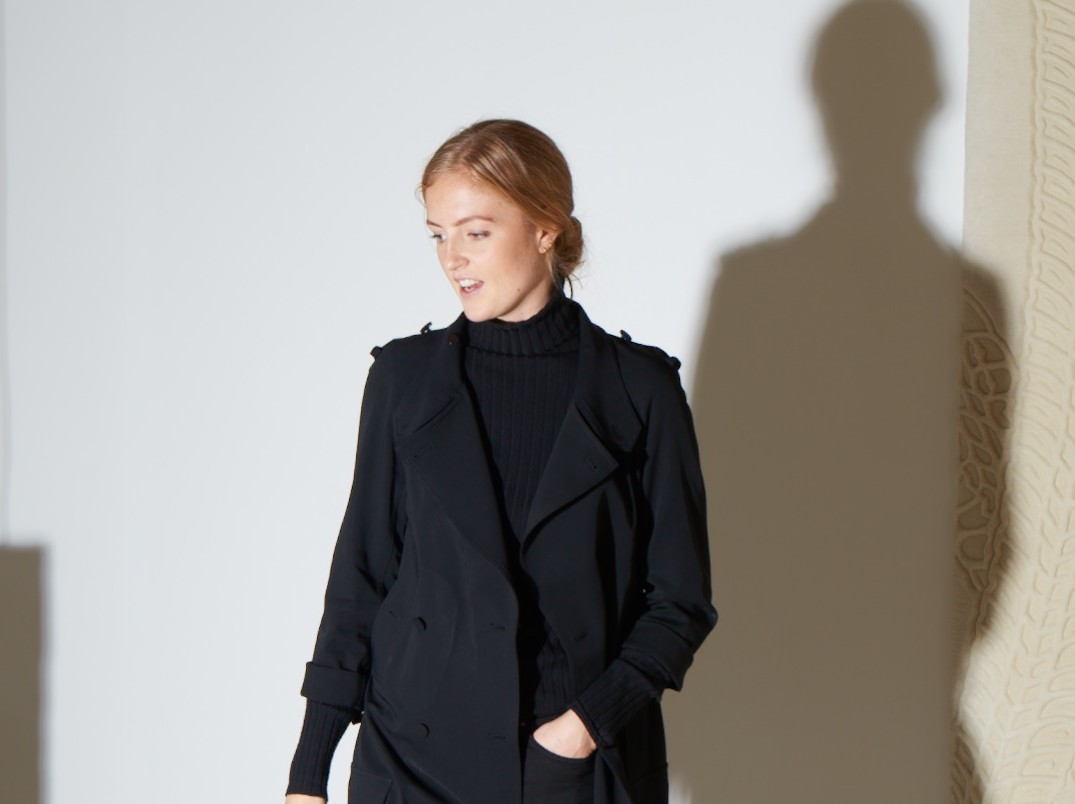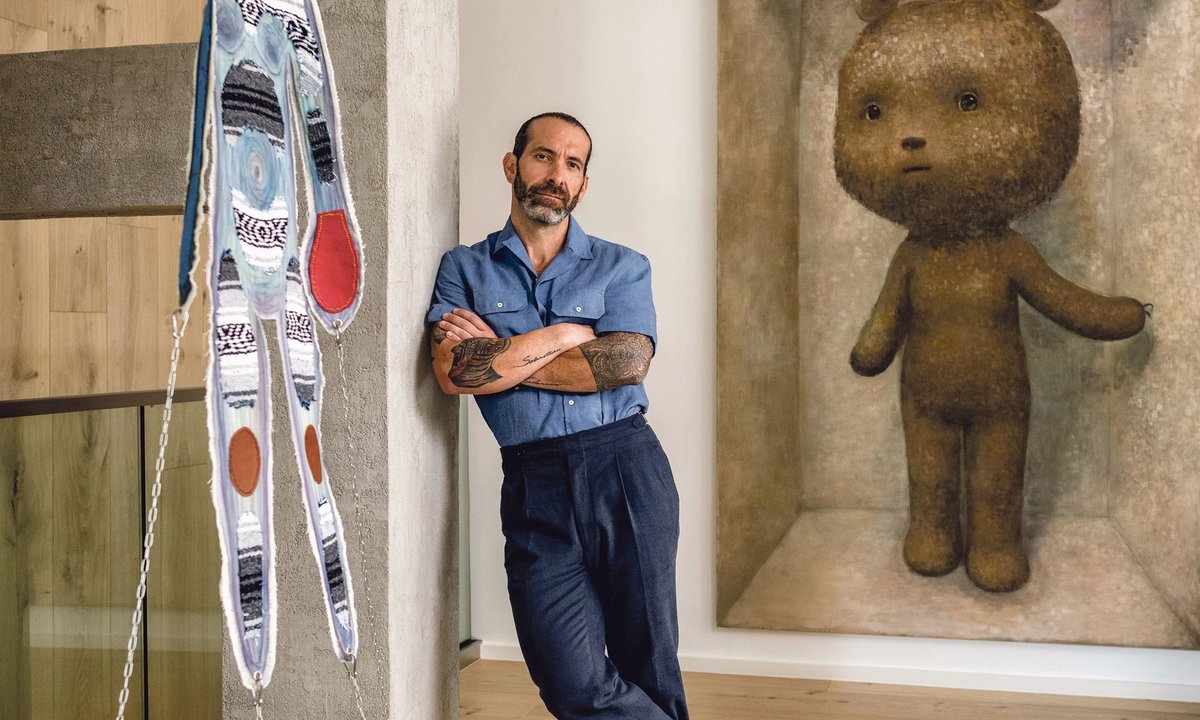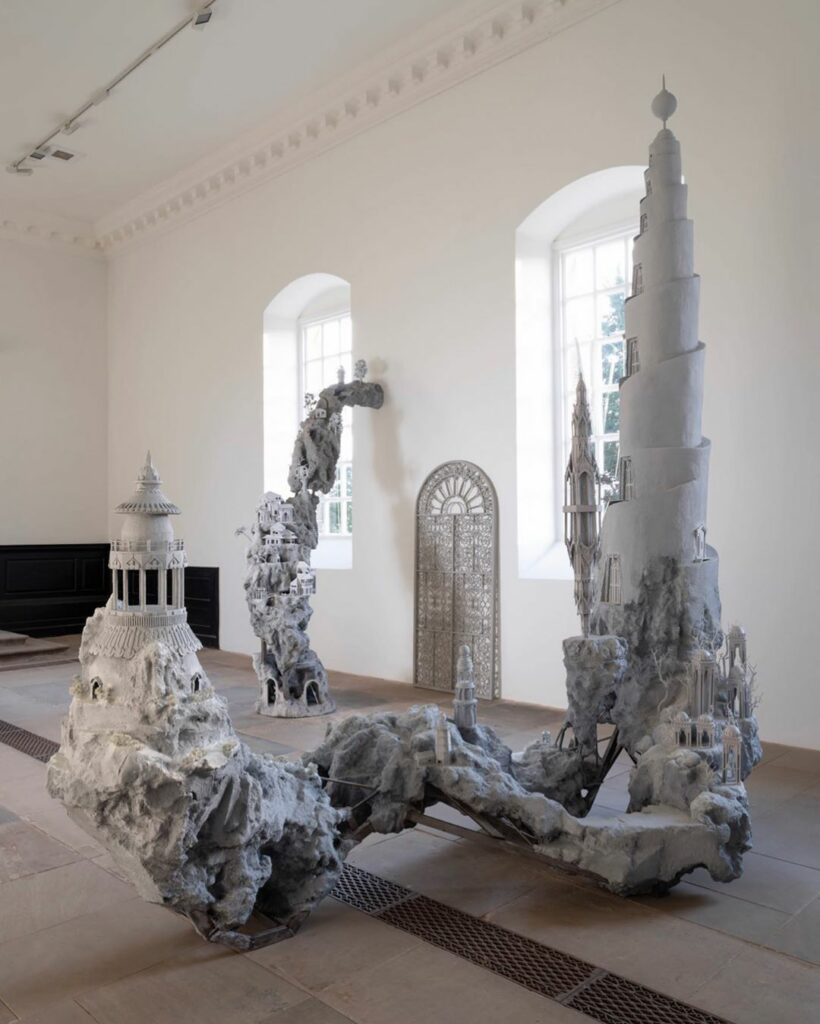Ammo Bunker
2009 - Installation (Installation)
Mario Ybarra Jr.
Ammo Bunker (2009) is a multipart installation that includes large-scale wall prints and an architectural model. The work takes as its departure point the history of Wilmington, Ybarra’s native hometown in southern Los Angeles. The piece refers to a Civil War era ammunition store that Ybarra found at the heart of the harbor close to Long Beach. The facility was later used as a temporary prison to hold different people coming from Mexico to Los Angeles during the Civil War. The building’s walls are covered with different marks and inscriptions from that time—what Ybarra likes to call L. A.’s earliest graffiti and which today coexist with recent gang tags. By pointing out the presence of these two kinds of inscriptions in the same historical place, Ybarra furthers his investigation into the intertwining of Mexican-American and Anglo-American social and cultural histories in Southern California.
Mario Ybarra Jr. belongs to a generation of Mexican-American artists who embrace their double heritage and use it in order to create critical and compelling artistic work. Ybarra is based in Los Angeles, where he grew up, and a large part of his artistic practice has grown out of issues related to his upbringing in the Chicano community of Wilmington. He consistently explores the culture and politics of the West Coast to produce, as he says, contemporary art that is filtered through a Mexican-American experience. Ybarra is not only a multifaceted artist, but also works as an educator, gallerist, activist, and social anthropologist.
Colors:
Related works sharing similar palette

© » LARRY'S LIST
Yu Ji
The collector is developing projects that allow her to support artists in her own unique way....

© » HYPERALLERGIC
Rules & Repetition: Conceptual Art at the Wadsworth Atheneum Skip to content “The Maze and Snares of Minimalism” (1993) by Carl Andre in front of Alfred Jensen’s “The World As It Really Is” (1977), on view in Rules & Repetition: Conceptual Art at the Wadsworth Atheneum The Wadsworth Atheneum Museum of Art presents works by groundbreaking conceptual artists of the 1960s and ‘70s alongside more recent acquisitions in Rules & Repetition: Conceptual Art at the Wadsworth Atheneum ...

© » ARTS EQUATOR
"Press Gang": confessions of yet another ex-ST journalist | ArtsEquator Thinking and Talking about Arts and Culture in Southeast Asia ArtsEquator Viewpoints Albert Lim K S July 19, 2018 By Corrie Tan (2,015 words, 10-minute read) “My concern now is how to nurture the critical sensitivity of the playwright, and for that matter theatre and literature and all the other arts...

© » KADIST
Yao Qingmei
2017Satirizing an airport security checkpoint, The Ecdysiast – Molt (Body Inspection) by Yao Qingmei offers a comedic and critical inquiry into the logics underpinning collective control and surveillance culture...

© » ARTREPORT
15 Minutes With Studio Leigh Director Tayah Leigh Barrs – Art Report News ARTISTS Artist Highlights Artist Interviews Studio Visit VIDEOS ART+ Community Listicles No Result View All Result News ARTISTS Artist Highlights Artist Interviews Studio Visit VIDEOS ART+ Community Listicles No Result View All Result No Result View All Result 15 Minutes With Studio Leigh Director Tayah Leigh Barrs by December Projects Jan 27, 2016 in Featured 0 Portrait of Director, Tayah Leigh Barrs...

© » SOUTH CHINA MORNING POST
Different Mahjong versions, from the classical Chinese game to American mahjong, with its joker tiles, and Japanese riichi | South China Morning Post Advertisement Advertisement Chinese culture + FOLLOW Get more with my NEWS A personalised news feed of stories that matter to you Learn more There are many variations of mahjong played around the world, with different rules and scoring systems and in some, unique tiles...














